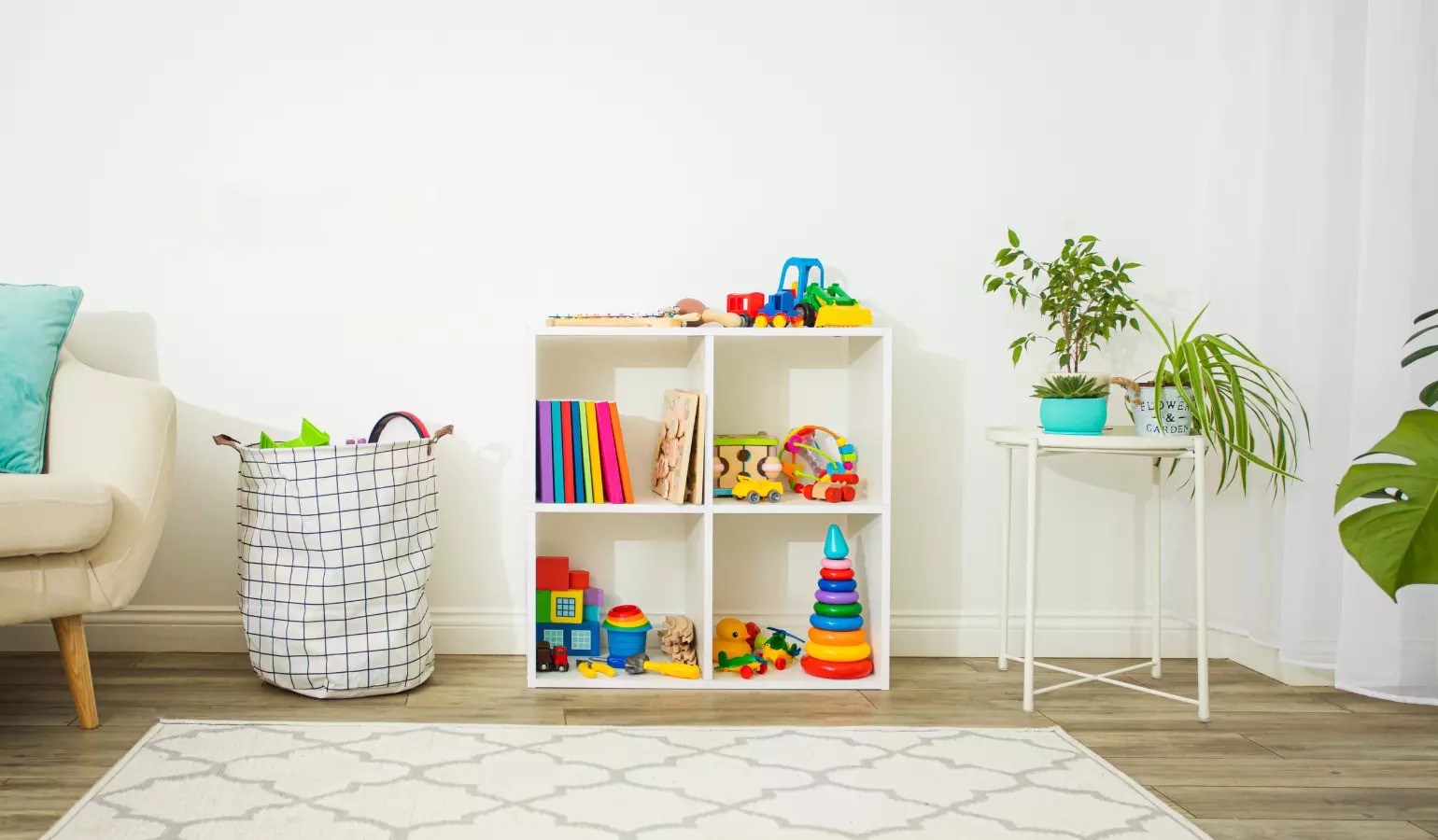

Articles
How To Store Children’s Toys In Living Room
Modified: October 20, 2024
Discover effective strategies for storing children's toys in your living room with these helpful articles. Keep your space organized and clutter-free!
(Many of the links in this article redirect to a specific reviewed product. Your purchase of these products through affiliate links helps to generate commission for Storables.com, at no extra cost. Learn more)
Introduction
When you have children, it’s no secret that their toys often find their way into every corner of your home, including the living room. While it’s wonderful to see your little ones playing and having fun, the clutter of toys can quickly become overwhelming. Finding effective ways to store children’s toys in the living room is essential for maintaining a clean and organized space that still caters to their needs.
By implementing smart storage solutions and following some simple organizational principles, you can create a functional and inviting living room that accommodates your children’s toys without sacrificing style. In this article, we will explore practical tips and creative ideas to help you store children’s toys in your living room in a way that is both aesthetically pleasing and functional.
Before diving into the specifics of toy storage, it’s important to assess your toy inventory. Take an inventory of the toys your children have and categorize them according to various factors such as age appropriateness, frequency of use, and type of toy. This will help you determine how much storage space you will need and identify any toys that can be donated or discarded.
Once you’ve assessed your toy inventory, it’s time to sort and categorize the toys. Begin by grouping similar toys together, such as building blocks, dolls, or puzzles. This will make it easier for both you and your children to locate specific toys when they want to play. Consider using clear storage bins or baskets with labels to make the organization process even more efficient.
The next step is to choose appropriate storage solutions for your living room. Opt for furniture with built-in storage, such as ottomans, coffee tables with drawers, or shelves with baskets. These pieces not only provide a designated space for toys but also serve a dual purpose by adding functionality to your living room.
In addition to furniture with built-in storage, there are clever organizational hacks you can employ to maximize your living room’s storage potential. Utilize wall space by installing floating shelves or hanging organizers. Consider using over-the-door pockets or shoe organizers to store small toys or art supplies. You can also repurpose furniture, such as using a bookshelf to display and store toys.
To maintain organization and keep your living room visually appealing, it’s important to create designated toy zones. Designate specific areas for different types of toys, such as a reading nook for books and puzzles or a play corner for larger toys. This will make it easier for your children to find and put away their toys after playtime.
Key Takeaways:
- Embrace the challenge of storing children’s toys in the living room by implementing effective storage solutions, involving your children in cleanup, and creating designated toy zones for a functional and inviting space.
- Maintain an organized living room with children’s toys by establishing clear organization rules, incorporating functional furniture, and implementing regular toy maintenance to create a harmonious environment for the entire family to enjoy.
Read more: How To Organize Toys In Living Room
Assessing the Toy Inventory
Before embarking on the task of organizing and storing children’s toys in your living room, it’s essential to assess the toy inventory you have accumulated over time. Taking stock of the toys will help you determine the amount of storage space needed and identify toys that are no longer in use.
Start by gathering all the toys from various areas of your home and create a designated space to sort and assess them. This can be a table or a clean floor area where you can spread out the toys and examine them individually.
As you go through the toys, consider their age appropriateness and condition. Some toys may no longer be suitable for your children’s current age group, while others may be broken or missing pieces. These toys can be set aside for donation or discarded if they are beyond repair.
Next, organize the toys into categories based on type. Group similar toys together, such as building blocks, stuffed animals, action figures, art supplies, and puzzles. This categorization will make it easier to find appropriate storage solutions for each toy category.
Take note of toys that your children frequently play with and those that are rarely used. This will give you an idea of the toys that should be easily accessible in the living room and those that can be stored away in other areas of your home. By keeping the most frequently played-with toys in the living room, you can encourage your children to engage in constructive play while keeping other toys organized and out of sight.
While assessing the toy inventory, involve your children in the process. Ask them to help you decide which toys they still enjoy playing with and which ones they no longer have an interest in. This participation not only empowers your children to make decisions but also teaches them about decluttering and the value of sharing toys with others.
Once you have completed the assessment of the toy inventory, make a list of the storage solutions that would work best for each toy category. This will guide you in choosing the appropriate furniture, bins, baskets, or shelves to store the toys in your living room.
Remember, your goal is to create an organized and visually appealing living room that accommodates your children’s toys without overwhelming the space. Assessing the toy inventory is the first step towards achieving this goal, as it allows you to determine the specific needs of your toy storage system and create a functional and clutter-free living room for your family to enjoy.
Sorting and Categorizing Toys
Once you have assessed your toy inventory, the next step in effectively storing children’s toys in your living room is to sort and categorize them. This process will not only help you organize the toys but also make it easier for your children to find and put away their toys after playtime.
Start by creating designated areas for each toy category. This can be on a shelf, in a bin, or even on separate sections of a playmat. Having these designated areas will provide a clear visual indication of where each type of toy should be placed, making cleanup time more manageable.
Group similar toys together by category. For example, place all building blocks in one area, dolls and action figures in another, and art supplies in yet another. This will make it easier to locate specific toys when your children want to play with them.
If you have a large amount of toys in a particular category, consider further subcategorizing them. For instance, within the art supplies category, you can separate crayons from markers and paintbrushes. This level of organization will not only make it easier to find specific items but also encourage your children to put things back in their proper places.
Consider using clear storage bins or containers for each toy category. Transparent bins allow both you and your children to see what is inside without having to open each bin, saving time and frustration. You can also attach labels or pictures to the bins, especially if your children are too young to read, to enhance the organization and make it easy for them to identify where each type of toy belongs.
When sorting and categorizing the toys, involve your children in the process. This gives them a sense of ownership and responsibility for their toys. You can create a fun activity by asking them to help you group the toys or assign them the task of putting each toy in its respective category. By involving them, you not only make the task more enjoyable but also teach them valuable organizational skills.
Remember to regularly review and update the toy categories as your children’s interests and toy collection evolves. Toys that were once grouped together may need to be reorganized or new categories may need to be created. Being flexible in your approach to sorting and categorizing will ensure that the system remains practical and effective over time.
By taking the time to sort and categorize your children’s toys, you not only create a more organized living room but also contribute to their development and independence. The ability to locate and put away toys fosters responsibility and teaches them the importance of maintaining a tidy and clutter-free environment. So, roll up your sleeves, involve your children, and enjoy the process of creating an organized, functional, and enjoyable living room space.
Choosing Appropriate Storage Solutions
Once you have sorted and categorized your children’s toys, the next step in storing them in your living room is choosing appropriate storage solutions. The right storage solutions not only keep your living room organized but also provide easy access to toys for your children to enjoy. Here are some options to consider:
1. Furniture with built-in storage: Look for furniture pieces that combine functionality with style. Ottomans or coffee tables with hidden compartments, shelves with integrated storage bins, or TV stands with drawers can provide ample space to store toys while blending seamlessly with your living room decor.
2. Storage bins and baskets: Invest in high-quality, durable storage bins or baskets that can be easily stacked or placed on shelves. Opt for ones with lids or handles for easier access and mobility. Consider using clear bins to quickly identify the contents without having to open them.
3. Bookcases and shelving units: Use bookcases or shelving units to display and store toys. You can arrange toys in attractive baskets, fabric bins, or colorful bins on the shelves. This not only provides easy access but also makes the toys part of the room’s decor.
4. Hanging organizers: Utilize vertical space by hanging organizers on walls or doors. Over-the-door shoe organizers with clear pockets are perfect for storing small toys or art supplies. Hanging storage units with multiple pockets can also be used to store stuffed animals or dolls.
5. Cube storage systems: Cube storage systems with removable fabric drawers offer a versatile and customizable storage solution. You can assign each drawer to a specific toy category or use them to store items like board games or larger toys. Additionally, the open cubes can be used to display books or decorative items.
6. Wall-mounted shelves and hooks: Install floating shelves or wall-mounted hooks to utilize vertical space and store toys. Arrange toys in attractive bins or containers on the shelves or hang bins from hooks. This not only frees up floor space but also adds a decorative element to the room.
When choosing storage solutions, consider the size and number of toys you need to store, the available space in your living room, and the aesthetic appeal of the storage solutions. Strike a balance between functionality and style to ensure that the storage solutions seamlessly blend with your living room decor.
Remember to involve your children in the process of selecting storage solutions. Consider their preferences and needs. If your child has a favorite toy, ensure that it is easily accessible in a designated area. This not only encourages independence but also promotes a sense of ownership over their toys.
By choosing appropriate storage solutions, you can keep your living room clutter-free while providing easy access to your children’s toys. A well-organized living room not only creates a visually appealing space but also fosters a sense of calm and orderliness. So, let your creativity flow and find storage solutions that suit both your needs and personal style.
Utilizing Clever Organizational Hacks
When it comes to storing children’s toys in your living room, clever organizational hacks can make a significant difference. These hacks not only optimize storage space but also add a touch of creativity and functionality to your living room. Here are some clever organizational hacks to consider:
1. Use shoe organizers: Repurpose over-the-door shoe organizers and hang them on the back of your living room door or inside a closet. These organizers are perfect for storing small toys, art supplies, or even action figures. The clear pockets allow for easy visibility and accessibility.
2. Label everything: Labels are a great way to keep things organized and ensure that everyone knows where each toy belongs. You can use adhesive labels, chalkboard labels, or even create your own using a label maker. Encourage your children to participate by labeling the storage bins or containers themselves.
3. Implement a rotating toy system: If you have limited space in your living room, consider implementing a rotating toy system. Store some toys in a separate storage area and periodically rotate them into the living room. This keeps the toy collection fresh and reduces clutter.
4. Utilize underutilized spaces: Look for underutilized spaces in your living room that can be transformed into toy storage areas. This might include the space under a window bench, the bottom shelves of a TV stand, or even a corner that can accommodate a small storage unit.
5. Invest in storage ottomans: Storage ottomans serve a dual purpose by providing seating and hidden storage. Choose ottomans with removable tops or ones that have built-in trays. These can be used to store toys while also providing a convenient surface for activities or snacks.
6. Create a pegboard wall: Install a pegboard on one of the living room walls to create a customizable and versatile storage solution. Use hooks, baskets, and shelves on the pegboard to display and store toys. You can easily rearrange the items to adapt to your changing storage needs.
7. Utilize the space above furniture: Make use of the wall space above furniture, such as sofas or TV stands, by installing floating shelves. This can be a perfect spot to display and store toys that your children frequently play with.
8. Repurpose furniture: Look for opportunities to repurpose furniture in your living room for toy storage. For example, use a bookshelf to display and organize toys or repurpose a TV cabinet as a storage unit for toys and games.
Remember that clever organizational hacks are all about finding creative ways to utilize the available space in your living room. Experiment with different ideas and solutions that cater to your unique needs and preferences. The key is to maximize storage while maintaining a visually appealing and functional living room for both children and adults to enjoy.
Read more: How To Store Toys In Living Room
Creating Designated Toy Zones
To effectively store children’s toys in your living room, it’s important to create designated toy zones. These zones help keep the toys organized, make it easier for your children to find and put away their toys, and maintain a visually appealing living room. Here are some tips for creating designated toy zones:
1. Define the areas: Determine specific areas in your living room that will be designated as toy zones. This can be a corner of the room, a section of a shelf, or even a specific piece of furniture. Clearly defining these areas sets boundaries and makes it easier to keep toys organized.
2. Categorize toys: Group toys together based on their type and purpose. Create separate zones for different toy categories, such as a puzzle zone, a stuffed animal zone, or a building block zone. This makes it easier for your children to locate and return toys to their proper places.
3. Use designated storage bins or containers: Within each toy zone, utilize labeled storage bins or containers to store and organize toys. Choose bins that are appropriately sized for the toys in that zone and clearly label them. This not only helps with organization but also encourages your children to contribute to cleaning up after playtime.
4. Create a reading nook: Designate a cozy area in the living room as a reading nook. Include a bookshelf or bookcase filled with age-appropriate books, cushions or bean bags for seating, and a small table for activities. This encourages reading and provides a dedicated space for books and puzzles.
5. Establish a play corner: Dedicate a corner of the living room as a play corner. This can be a carpeted area with a playmat or rug, a low table for arts and crafts, and storage cubes or shelves for storing toys. Designating a play corner separates play activities from the rest of the living room, making cleanup easier.
6. Consider display shelves: Install display shelves or floating shelves on the walls to showcase certain toys or collectibles. This adds a decorative element to the living room while keeping toys organized. Rotate the displayed toys periodically, giving each toy its moment in the spotlight.
7. Encourage toy rotation: To keep the living room from becoming overwhelmed with toys, consider implementing a toy rotation system. Store a portion of the toys in a separate storage area and rotate them in periodically. This brings a sense of novelty and freshness to the toys and keeps the living room clutter-free.
8. Designate a storage area for larger toys: If your children have larger toys such as ride-on cars or play kitchens, designate a specific area to store them. Create a corner or section of the room where these larger toys can be parked or positioned when not in use. This helps contain the size of the toys and keeps them organized.
By creating designated toy zones in your living room, you establish a sense of organization and structure for toy storage. This enhances the overall aesthetic of the living room while making it easier for your children to access and clean up their toys. Remember to involve your children in the process and establish clear expectations for where toys should be stored, fostering a sense of responsibility and ownership of their own play spaces.
Use storage bins or baskets to keep children’s toys organized in the living room. Label each container to make it easy for kids to find and put away their toys.
Incorporating Functional Furniture
When it comes to storing children’s toys in your living room, incorporating functional furniture can be a game-changer. Functional furniture not only provides storage space but also serves a dual purpose by adding style and functionality to your living room. Here are some ideas for incorporating functional furniture into your toy storage solution:
1. Ottomans and Coffee Tables: Choose ottomans or coffee tables with built-in storage. These pieces of furniture provide a hidden storage solution for toys while also providing additional seating or a surface for snacks and beverages. Opt for ones with removable tops or drawers for easy access to toys.
2. TV Stands and Entertainment Centers: Look for TV stands or entertainment centers with built-in shelves, drawers, or cabinets. These can be used to store and organize toys while also housing your media devices. You can discreetly hide toys behind closed doors or display them on open shelves, depending on your preference.
3. Bookcases and Shelving Units: Incorporate bookcases or shelving units into your living room design. These furniture pieces not only provide ample storage for books but can also be used to display and organize toys. Use baskets, bins, or fabric drawers on the shelves to sort and store toys according to categories.
4. Benches with Storage: Choose benches with built-in storage options. These versatile furniture pieces can be placed against a wall or under a window. They offer seating space while concealing toys or other items in the storage compartment underneath the seat. Consider adding colorful pillows or cushions to enhance the visual appeal.
5. Sideboards and Buffets: Utilize sideboards or buffets to store children’s toys. These furniture pieces have ample storage space in the form of drawers, cabinets, or shelves. You can designate specific areas within the sideboard or buffet for different categories of toys, keeping everything organized and out of sight.
6. Modular Furniture: Opt for modular furniture pieces that can be customized and rearranged according to your changing needs. These versatile units often come with built-in storage compartments or hidden drawers, providing flexible options for toy storage while allowing you to create a unique layout for your living room.
7. Storage Cubes and Bench Seating: Consider using storage cubes or benches with built-in storage as part of your living room furniture arrangement. These cubes provide a place to sit while doubling up as storage for toys. You can stack them, arrange them in different configurations, or use them individually throughout the space.
8. Wall-Mounted Storage: Install wall-mounted storage solutions such as floating shelves, hanging hooks, or wall-mounted cabinets. These space-saving options provide storage for toys while keeping the floor space clear. Use them to display and store smaller toys, books, or art supplies.
When incorporating functional furniture into your living room, consider the design, size, and storage capacity of the furniture, as well as how it complements the overall aesthetic of the space. Remember to strike a balance between functionality and style to create a living room that is both visually appealing and practical for toy storage.
By incorporating functional furniture, you can seamlessly integrate toy storage into your living room while maintaining a clutter-free and organized space for both children and adults to enjoy.
Implementing Regular Toy Maintenance
Storing children’s toys in your living room is not just about finding the right storage solutions and creating designated zones. It’s also essential to implement regular toy maintenance to ensure that the toys remain in good condition and the living room stays organized. Here are some tips for implementing regular toy maintenance:
1. Establish a cleaning routine: Set a regular cleaning schedule for your children’s toys. This can be weekly, bi-weekly, or monthly, depending on your preference and the level of usage. Designating a specific time for toy cleanup ensures that it becomes a regular habit for both you and your children.
2. Sanitize toys regularly: Toys can harbor germs and bacteria, especially if they are frequently played with or shared. Regularly sanitize toys using gentle, child-safe cleaning products. You can wash plastic toys with warm, soapy water, wipe down wooden toys with a damp cloth, and machine wash soft toys as applicable.
3. Inspect toys for damage: Regularly inspect toys for any signs of damage, wear and tear, or small parts that may have come loose. Repair or discard toys that are broken beyond repair or present a safety hazard. Keeping an eye on the condition of the toys ensures that your children play with safe and functional items.
4. Rotate toys: Consider rotating toys in your living room to keep things fresh and engaging for your children. Store some toys away and bring out different ones periodically. This not only helps maintain the novelty factor but also prevents the living room from becoming overwhelmed with toys.
5. Purge or donate unused toys: Regularly assess the toy collection in your living room and consider purging or donating toys that are no longer played with or have been outgrown. This helps declutter the space and ensures that only the toys your children truly enjoy are kept in the living room.
6. Involve your children in cleanup: Encourage your children to take an active role in toy maintenance and cleanup. Teach them how to organize and put away their toys after playing. By involving them, you instill a sense of responsibility and ownership, teaching them valuable life skills while keeping the living room tidy.
7. Encourage proper handling and storage of toys: Teach your children how to handle their toys with care and respect. Show them the importance of putting toys back in their designated storage areas after playing. By establishing clear expectations and guidelines for toy handling and storage, you set a foundation for maintaining an organized living room.
8. Repair or replace storage solutions when needed: Keep an eye on the condition of your storage solutions as well. Over time, furniture, bins, and baskets may wear out or become damaged. Repair or replace them as needed to ensure that they continue to effectively store and organize your children’s toys.
By implementing regular toy maintenance, you not only keep the living room organized and visually appealing but also ensure that your children’s toys remain in good condition and provide a safe environment for play. The combination of proper cleaning, inspection, and involvement in toy maintenance creates a sense of pride and responsibility, and contributes to an enjoyable living room space for the entire family.
Establishing Clear Organization Rules
When it comes to storing children’s toys in your living room, establishing clear organization rules is essential for maintaining order and ensuring that everyone in the household understands their role in keeping the space tidy. By setting clear expectations and guidelines, you create a harmonious environment and make it easier for everyone to follow a consistent system. Here are some tips for establishing clear organization rules:
1. Create a designated storage system: Establish a clear storage system for your children’s toys. Clearly define where each category of toys should be stored, whether it’s in specific containers, on shelves, or in particular areas of the living room. This provides a visual cue for everyone to know where each toy belongs.
2. Label storage containers: Use labels or pictures on storage containers to indicate what type of toy should be stored inside. This helps children identify where each toy should go and enables them to independently clean up after playtime. Labels can be as simple as words or more visual with pictures, especially for younger children who can’t read yet.
3. Establish cleanup routines: Set specific times for cleanup, such as before mealtime, before bedtime, or at the end of the day. Create a routine that becomes a habit for everyone in the household. Consistency is key in ensuring that cleanup becomes a natural part of the daily routine and maintains the organization of the living room.
4. Teach the “one toy at a time” rule: Encourage your children to follow the “one toy at a time” rule, which means putting away one toy before taking out another. This helps minimize clutter and prevents toys from being left out all over the living room. It promotes a sense of responsibility and teaches children to value their toys.
5. Involve the entire family: Make organization a family effort. Encourage and expect everyone, including adults, to participate in the cleanup process. Lead by example and show your children the importance of maintaining an organized living room. Assign age-appropriate tasks to each family member, creating a sense of shared responsibility and teamwork.
6. Communicate the benefits: Explain to your children the benefits of an organized living room. Help them understand that it allows them to find their toys easily, prevents toys from getting lost or damaged, and provides a comfortable and inviting space for everyone to enjoy. By highlighting the positive outcomes, children are more likely to embrace and follow the organization rules.
7. Reward and praise: Recognize and appreciate your children’s efforts in maintaining an organized living room. Offer words of encouragement, praise their contributions, and occasionally provide small rewards for consistently following the organization rules. This positive reinforcement reinforces good habits and motivates them to continue practicing organization on their own.
8. Regularly review and adapt: Regularly review the organization rules and make adjustments as needed. As your children grow and their toy collection changes, you may need to modify storage solutions or redefine organization rules. Ensure that the rules remain age-appropriate and relevant to your family’s needs.
By establishing clear organization rules, you create a structured system that promotes cleanliness, order, and responsibility within the living room. Consistency, communication, and involvement are key factors in ensuring that everyone in the household understands and follows the rules. With a clear organizational framework in place, your living room will remain an inviting space for everyone to enjoy.
Read more: Best Types Of Paint For Children’s Rooms
Getting Children Involved in Cleanup
Getting children involved in the cleanup process is crucial for maintaining an organized living room and teaching them valuable life skills. By encouraging their participation, you foster a sense of responsibility and independence while creating a harmonious environment for the entire family. Here are some strategies for getting children involved in cleanup:
1. Lead by example: Children often mirror the behavior they observe from adults. Be a role model by demonstrating your own commitment to keeping the living room clean and organized. Show them that cleaning up after playtime is an expected and normal part of daily life.
2. Make it a fun activity: Turn cleanup into a fun and engaging activity. Play upbeat music, set a timer to race against the clock, or have a reward system in place. The more enjoyable you make it, the more excited your children will be to participate in the cleanup process.
3. Break tasks into smaller steps: Break down the cleanup process into smaller, manageable tasks. Assign specific tasks to each child based on their age and abilities. This can include gathering toys, wiping surfaces, or organizing shelves. By dividing tasks, children feel a sense of ownership and responsibility for their designated areas of cleanup.
4. Use a visual checklist: Create a visual checklist or chart with pictures or words to help children remember the steps for cleanup. Include items such as putting toys in their designated containers, wiping down surfaces, and returning books to shelves. This visual aid acts as a reminder and helps children stay on track during cleanup.
5. Set achievable goals: Set achievable goals for cleanup, especially for younger children. Start with a small area or specific toys to focus on. As they become more accustomed to the routine, gradually expand the scope of their cleanup responsibilities. Celebrate their accomplishments and provide positive reinforcement for their efforts.
6. Encourage decision-making: Allow children to make decisions when cleaning up. For instance, let them choose which toy goes in which container or how they want to organize their shelves. Giving them decision-making power increases their sense of autonomy and investment in the cleanup process.
7. Teach the concept of donation: Explain the importance of sharing and donating toys that are no longer played with. Encourage your children to set aside toys they have outgrown or no longer use, and involve them in the process of donating those toys to charity or other children in need. This not only declutters the living room but also instills compassion and empathy in your children.
8. Praise and acknowledge their efforts: Recognize and appreciate your children’s contributions to the cleanup process. Offer words of encouragement, praise their accomplishments, and let them know how their efforts contribute to maintaining an organized living room. This positive reinforcement reinforces their behavior and motivates them to continue participating in cleanup activities.
Remember that getting children involved in cleanup is a gradual process. Be patient, supportive, and understanding as they learn and develop their organizational skills. With consistent encouragement and a positive attitude, children will take pride in their contributions and find joy in keeping the living room clean and organized.
Conclusion
Storing children’s toys in the living room doesn’t have to be a daunting task. With the implementation of effective storage solutions, clear organization rules, and the involvement of your children, you can create an organized and functional space that accommodates both playtime and relaxation. By following the tips and strategies outlined in this article, you can ensure that your living room remains clutter-free while still providing a nurturing environment for your children’s imaginations to thrive.
Assessing the toy inventory, sorting and categorizing toys, and choosing appropriate storage solutions are the foundations for a well-organized living room. By understanding your children’s toys and their specific needs, you can create a storage system that is tailored to your family’s lifestyle.
Incorporating clever organizational hacks and creating designated toy zones enhance the functionality and aesthetic appeal of your living room. Utilizing functional furniture and implementing regular toy maintenance are essential for keeping your living room well-organized and ensuring that toys remain in good condition.
Establishing clear organization rules and getting your children involved in cleanup instills a sense of responsibility and independence. By fostering a positive and fun approach to cleaning, you encourage your children to actively participate in the organization and upkeep of the living room.
Remember, the key to maintaining an organized living room with children’s toys is consistency and communication. Regularly review and adapt your storage system and organization rules as your children grow and their toy collection evolves. Encourage open dialogue with your children about the importance of cleanliness and organization, and involve them in decision-making processes.
In conclusion, by implementing these strategies and taking an organized approach, you can transform your living room into a functional and inviting space that harmoniously coexists with your children’s toys. An organized living room not only creates a peaceful environment for everyone to enjoy but also instills valuable life skills in your children. So, embrace the challenge, get creative, and create the perfect living room that balances the joys of childhood with the tranquility of a well-kept space.
Frequently Asked Questions about How To Store Children's Toys In Living Room
Was this page helpful?
At Storables.com, we guarantee accurate and reliable information. Our content, validated by Expert Board Contributors, is crafted following stringent Editorial Policies. We're committed to providing you with well-researched, expert-backed insights for all your informational needs.
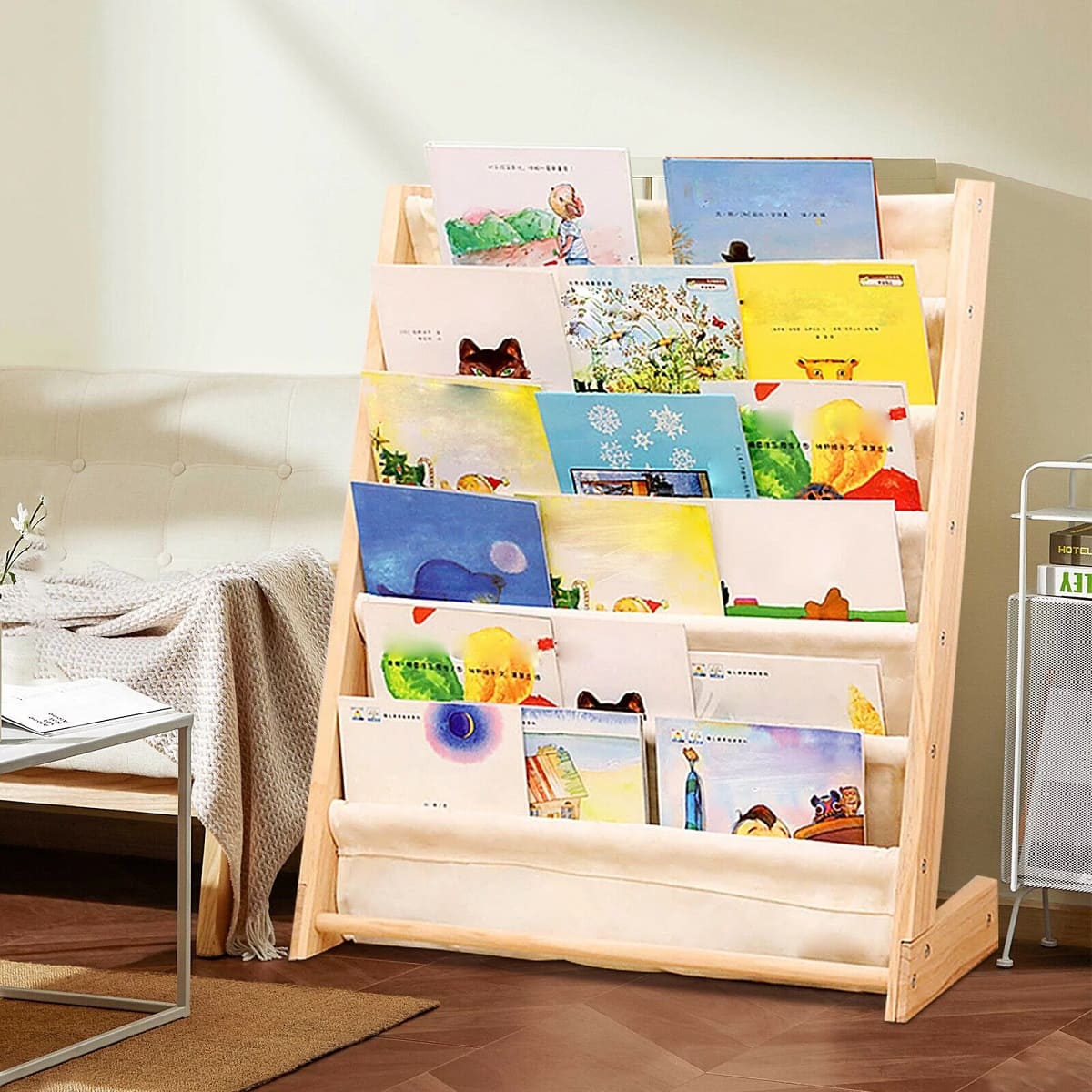
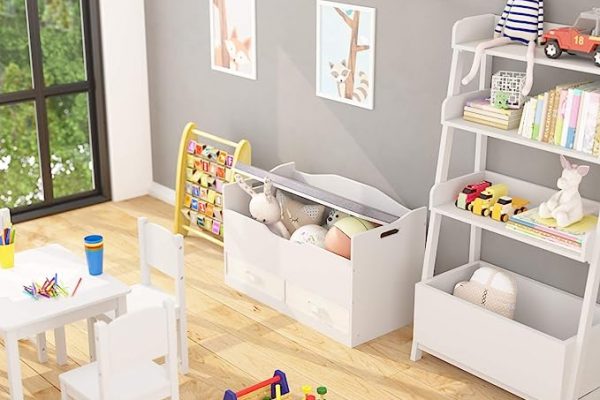

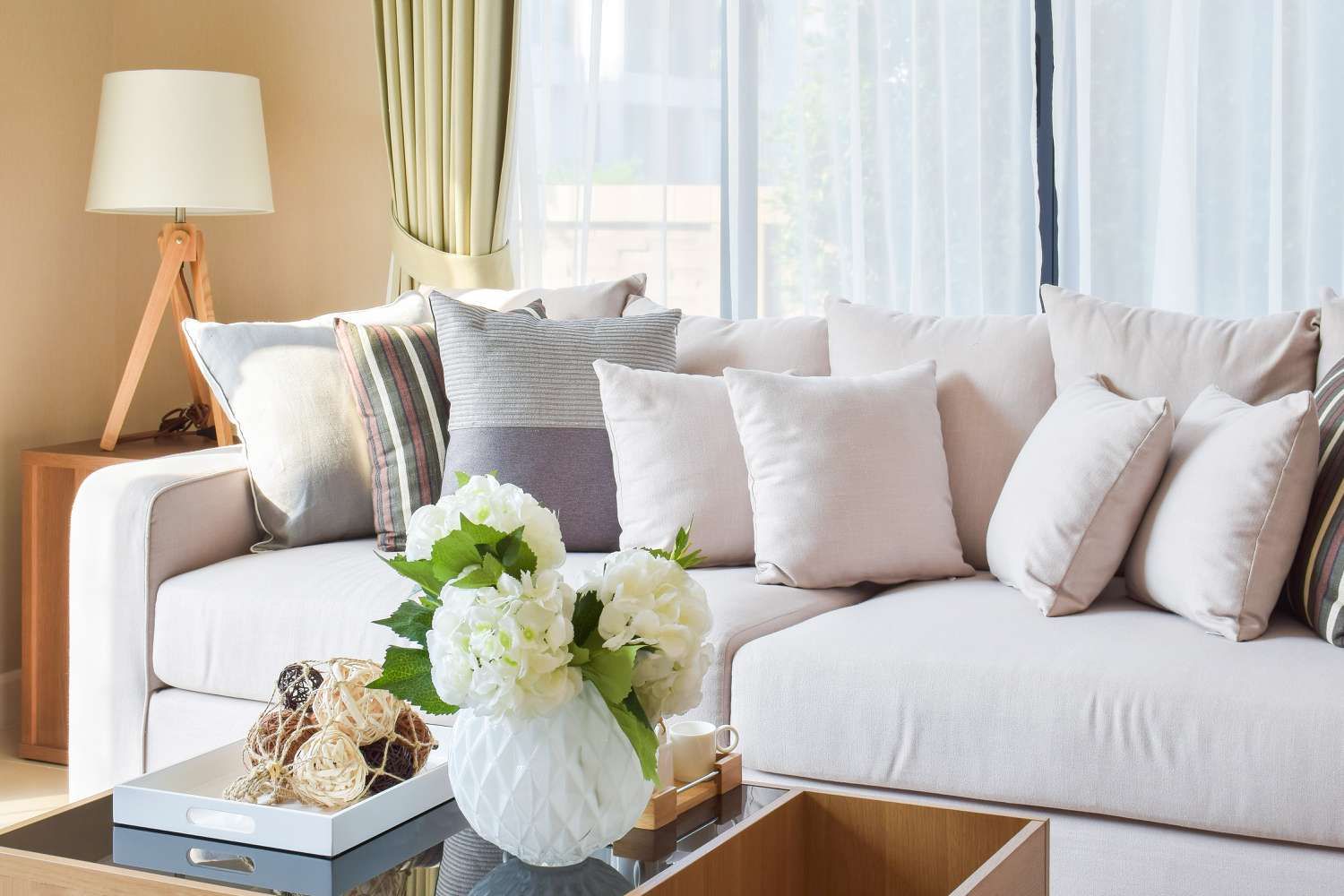
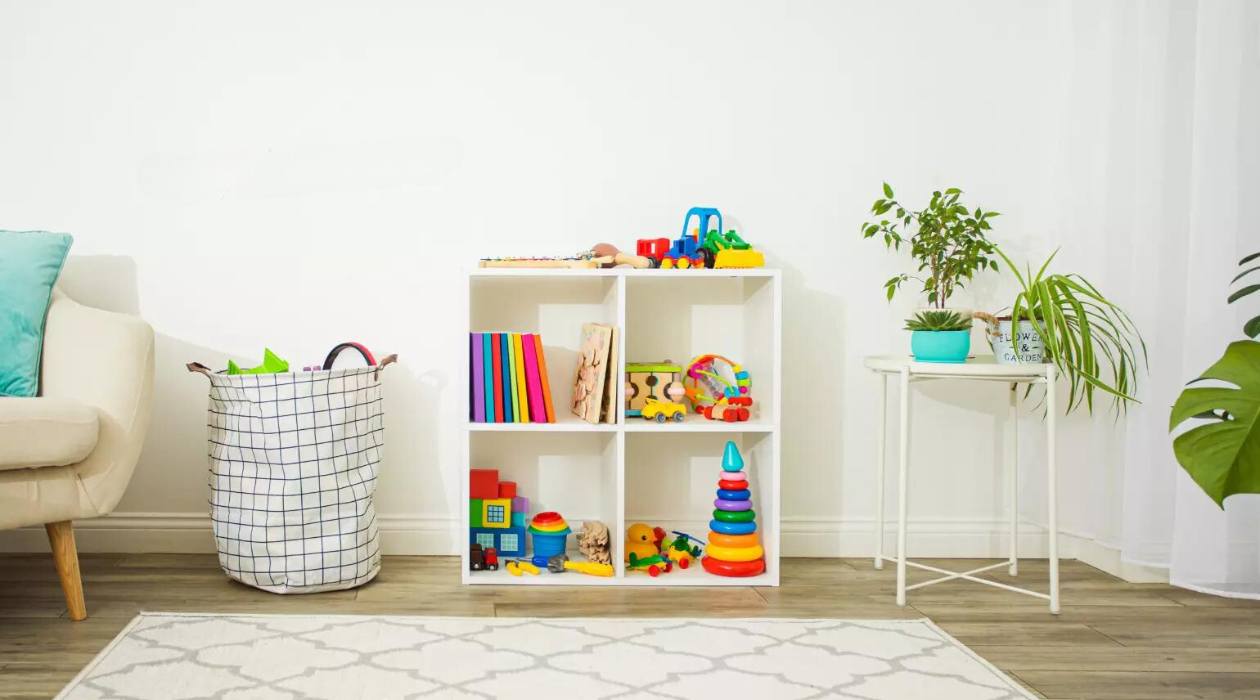
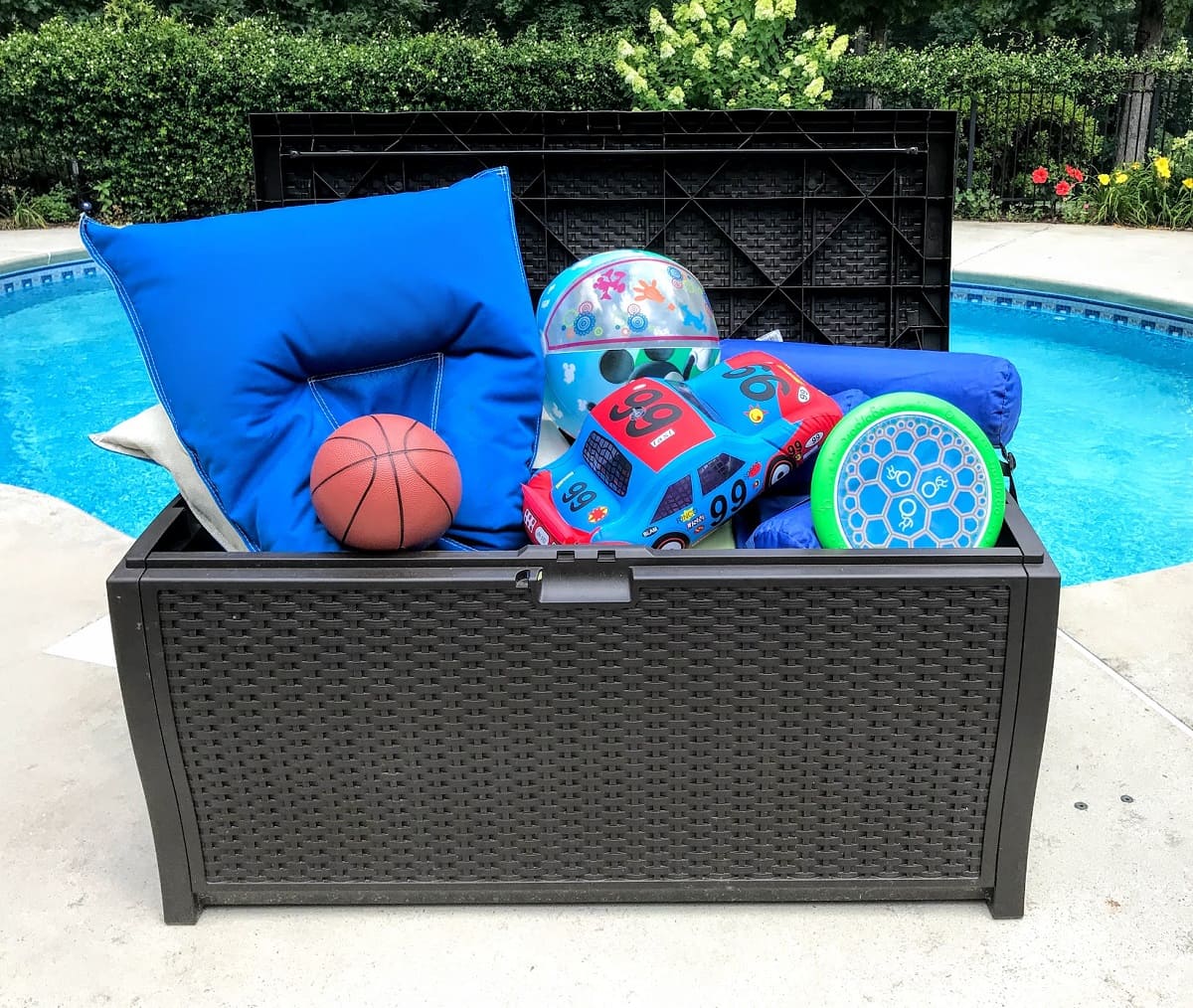
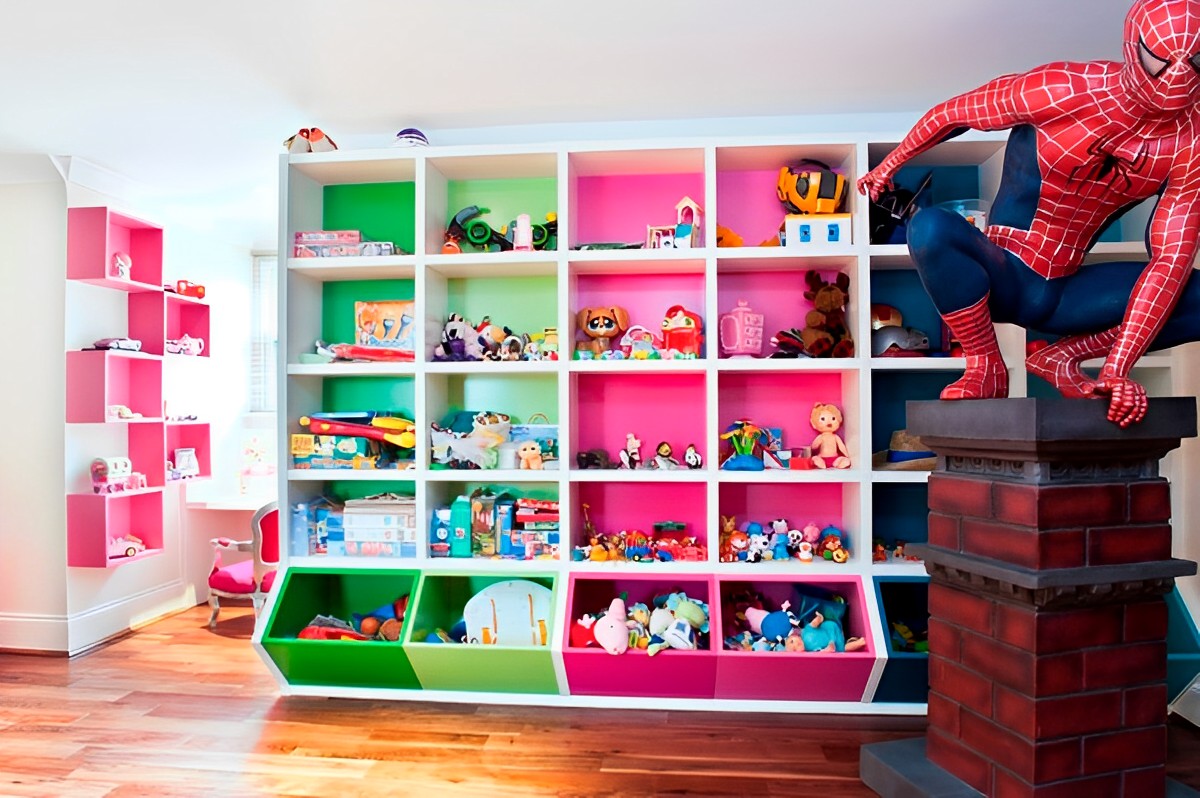
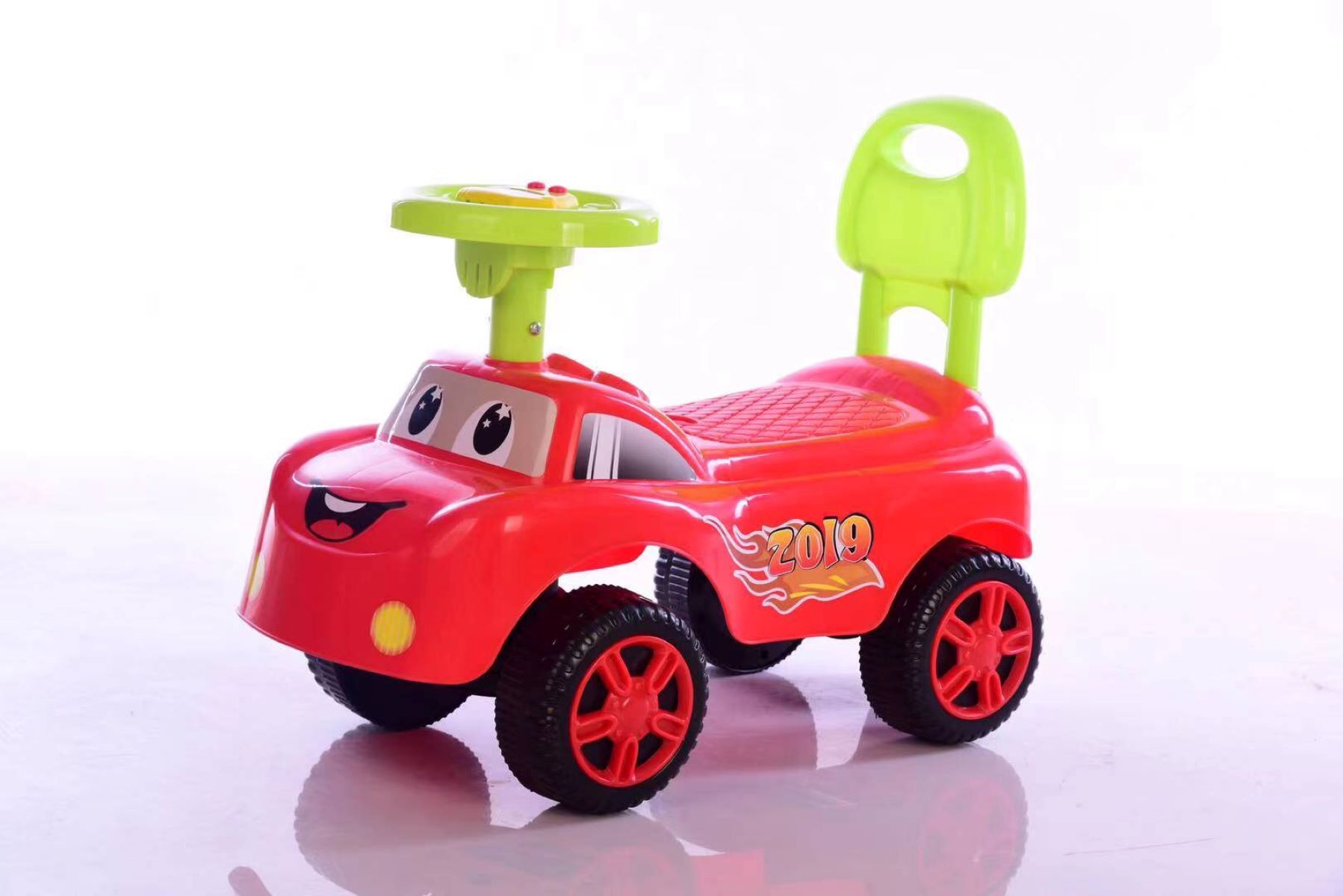
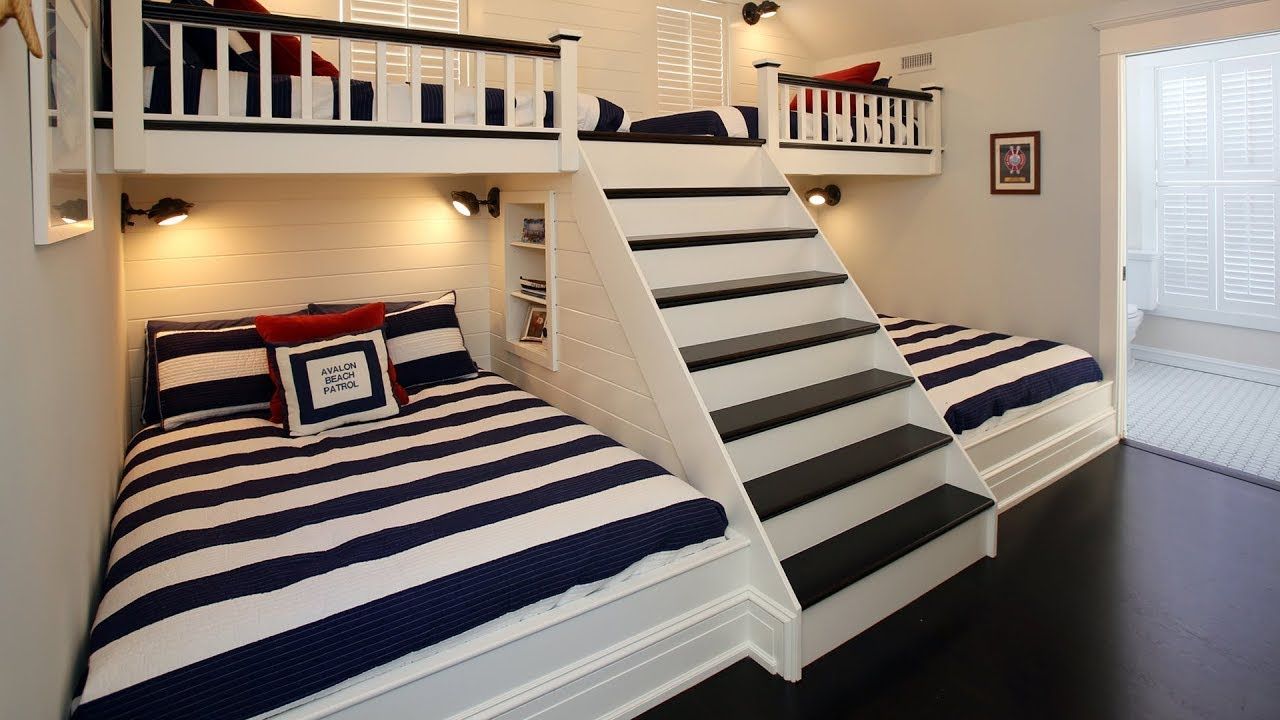
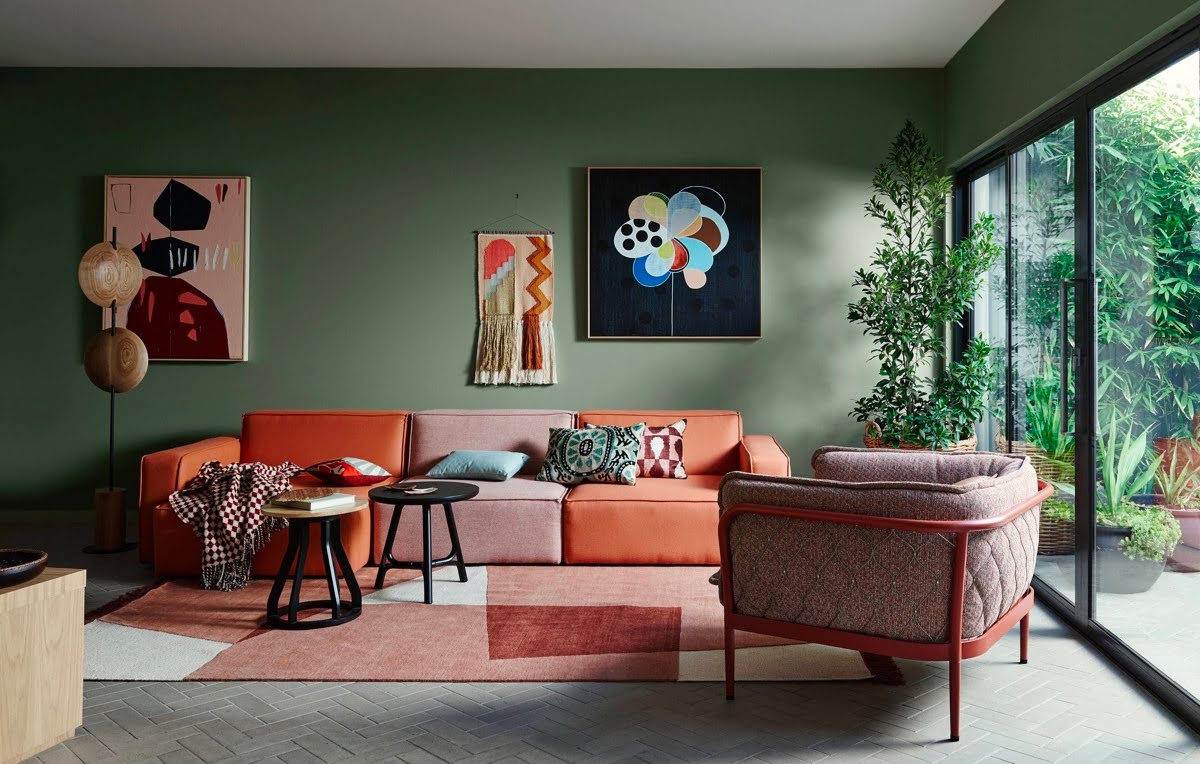
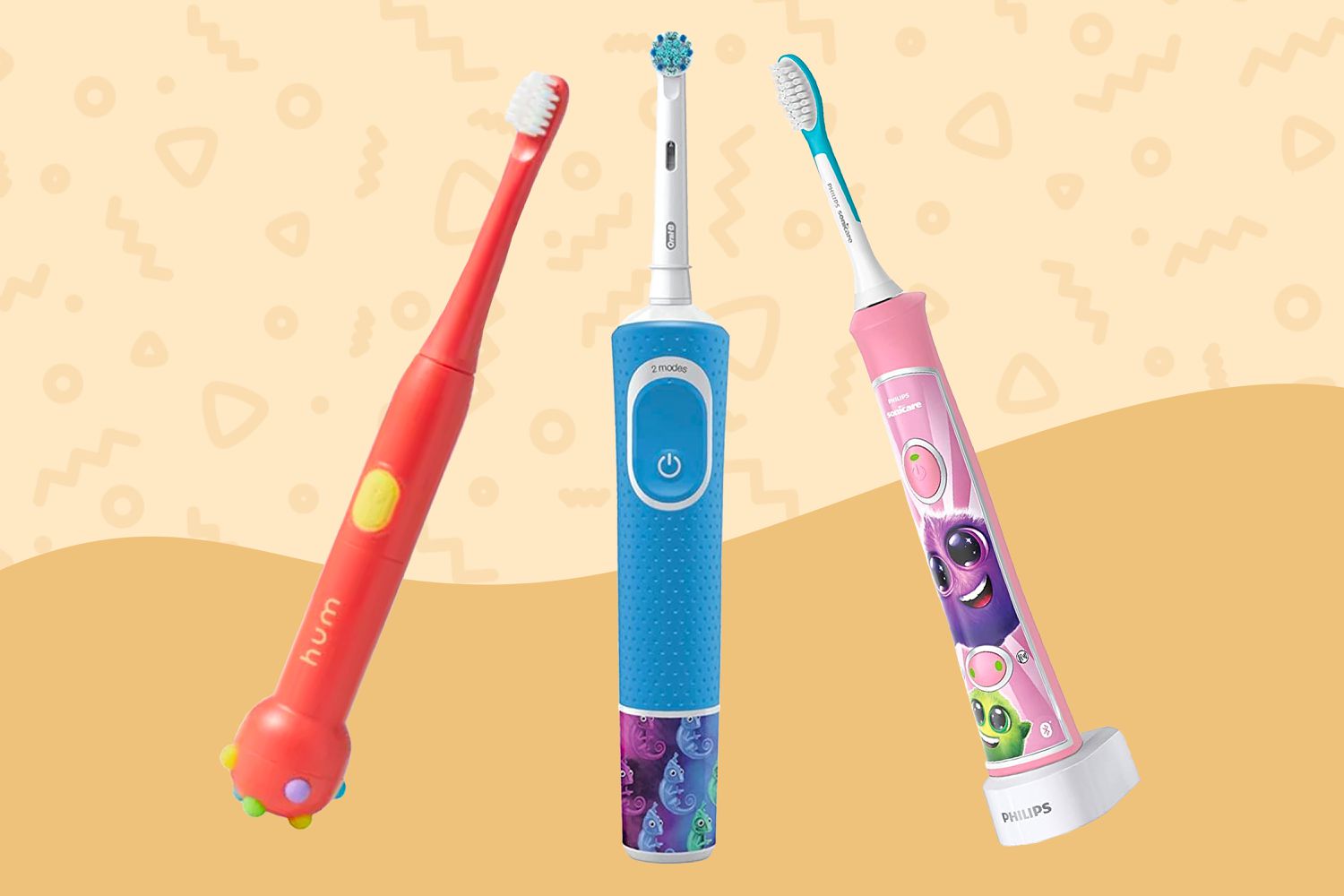

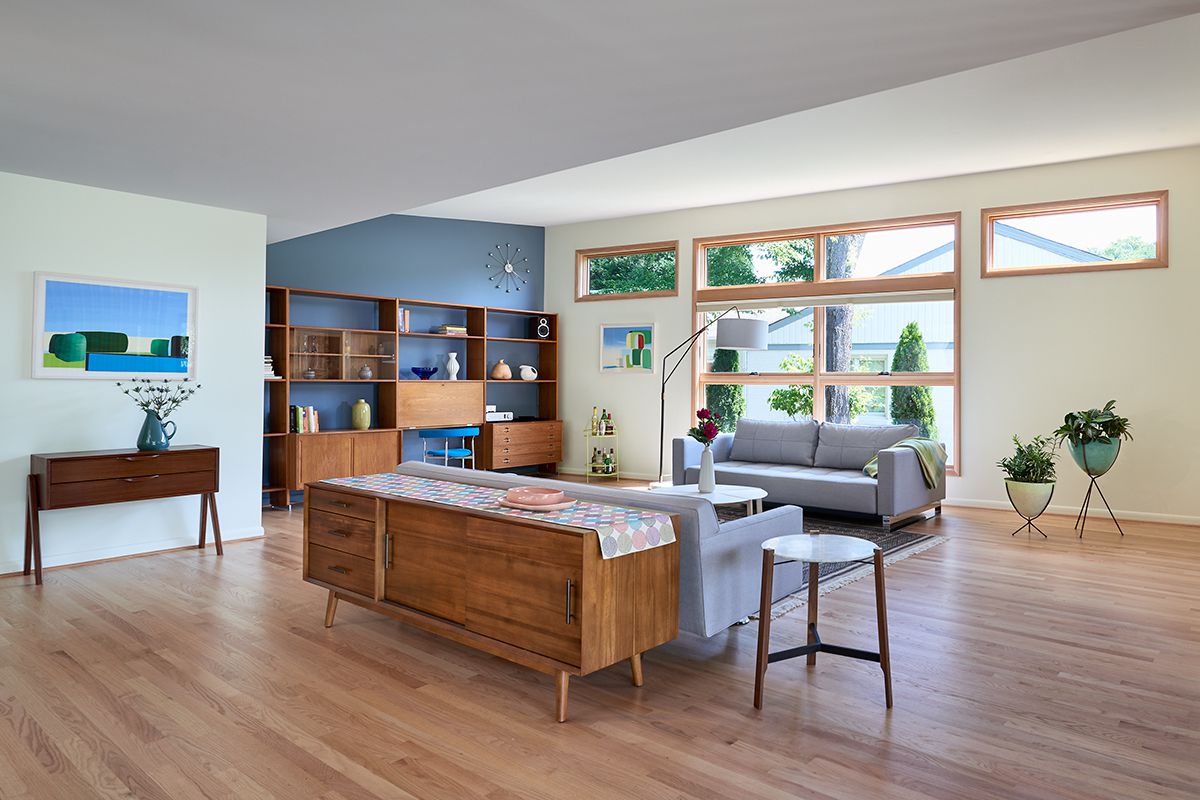

0 thoughts on “How To Store Children’s Toys In Living Room”